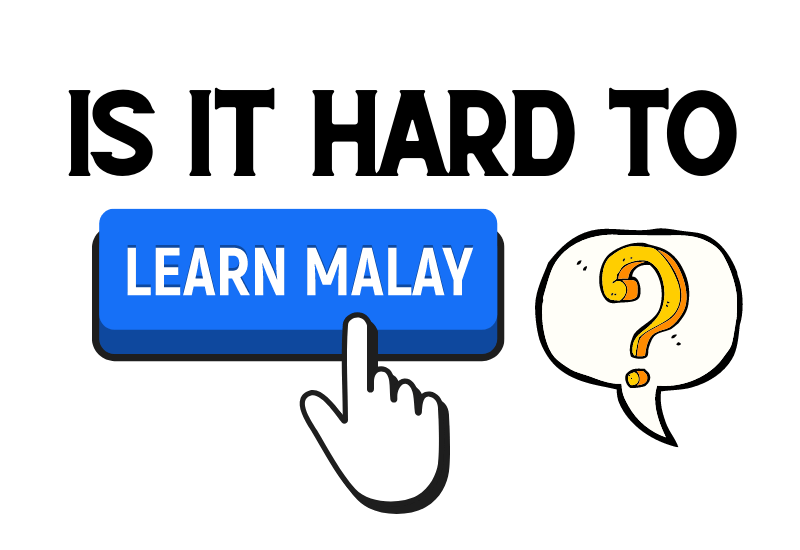Have you ever wondered how difficult the Malay language actually is? If you’re one of those enthusiastic language learners who are contemplating whether or not you should learn Bahasa Melayu, well, hear me out! It’s one of the easiest languages to learn. As a native Malay speaker who has English as her second language, I do think the Malay language is pretty easy. Trust me, a lot of native English speakers have come to Malaysia, stayed for a few months, and became famous for being fluent in Malay!
Why? Well, if you’re a mat saleh (Malay slang for a Caucasian) but you know how to speak Malay just like a native, the locals here will absolutely be impressed! Yup, it’s easy to get popular in this Southeast Asian country – Just learn Malay and speak the language like a native. And what’s the best part? It’s not even that hard!
Malay Is A Straightforward, Syllabic Language
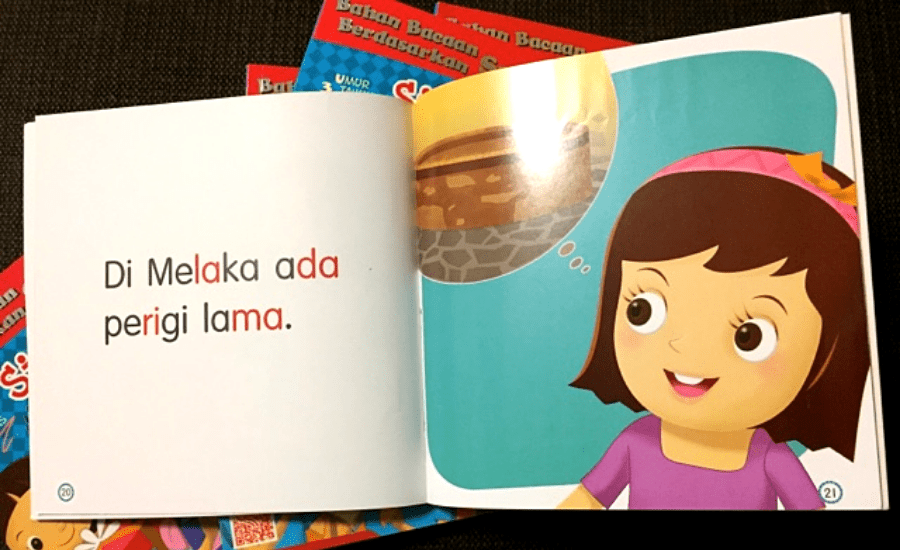
You’re a native English speaker? Well, good for you! A lot of language speakers all over the world who have English as their first language admit that speaking this particular language is quite easy. Plus, learning Bahasa Melayu can absolutely be a breeze since it’s a syllabic language. To be perfectly frank, you can easily pick up the Malay language. Why? Because, unlike Thai or Mandarin language, Malay isn’t a tonal language. Tonal languages can make a language a bit more complex than the other and the comprehension of each kind of tone consumes a person’s time and effort.
Is Bahasa Melayu And Bahasa Indonesia The Same?
Before we get deeper into the discussion, I would like to clarify this part of the language. Malay and Indonesian language – a lot of people think it’s two interchangeable languages. Just so you know, Bahasa Indonesia doesn’t equate to Bahasa Melayu and vice versa. If you scour the Internet, you may see a few sources that outline the fact that the two languages originated from a similar root – which is true. However, that does not substantiate the idea that both languages are the same.
In detail, Bahasa Indonesia and Malay can sometimes be mutually intelligible – I can understand what Indonesian actors are saying (without the need for subtitles) when watching any Indonesian films but frankly, this comprehension is limited. Some words in Indonesian carry the same meaning and pronunciation as Malay but a huge portion of Indonesian vocabularies have entirely different semantics, pragmatics, syntax, and pronunciation compared to Malay.
Why am I telling you all this? To remind you that the simple language I’m describing throughout this whole is Bahasa Melayu – not Bahasa Indonesia. Just in case anyone gets confused.
Malay Is Actually (Very) Easy
If you’re still asking “is Malay difficult to learn?”, it’s not! On the contrary, this language is relatively easy to be acquired. Sure, learning and understanding the entire aspect of the language, including semantics, stylistics, sentence structure, spelling, writing system, grammar, and pragmatics is certainly a lengthy, extended process. It could take years of consistent learning. But then, speaking Malay is somewhat simple and unchallenging. By mingling around with the locals, you’ll instantly pick up the basic vocabulary, pronunciation, spelling, and the culture of the Malay spoken language.
What do I mean by “it’s a syllabic language”? Well, the Malay language goes by each syllable. It is simply spoken according to each existing syllable in a word.
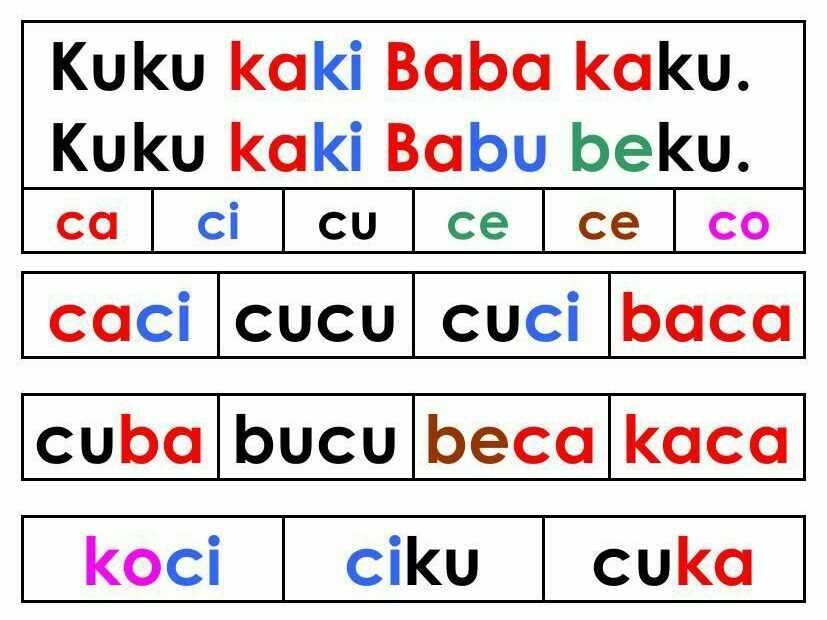
For instance, the Malay number, satu (one) has two syllables. The native speakers pronounce it according to the two syllables:
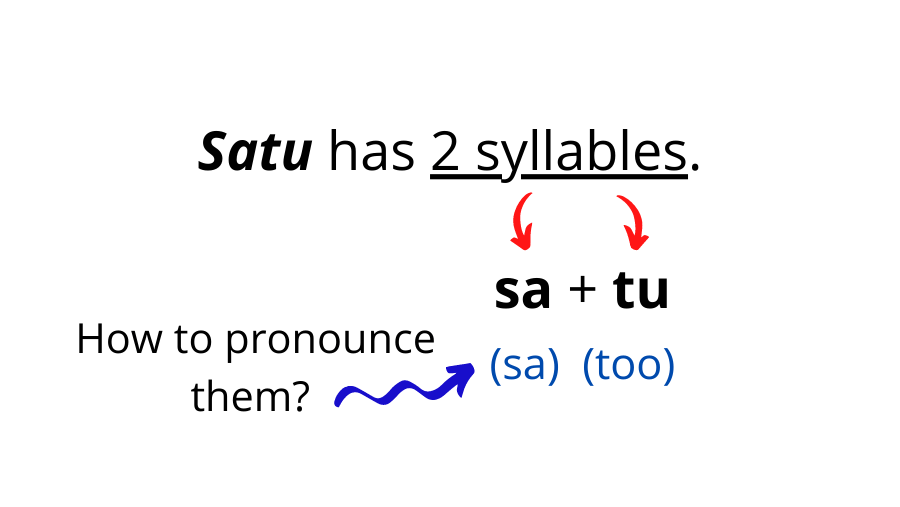
Let’s see another example of a Malay verb so you’d get the idea.
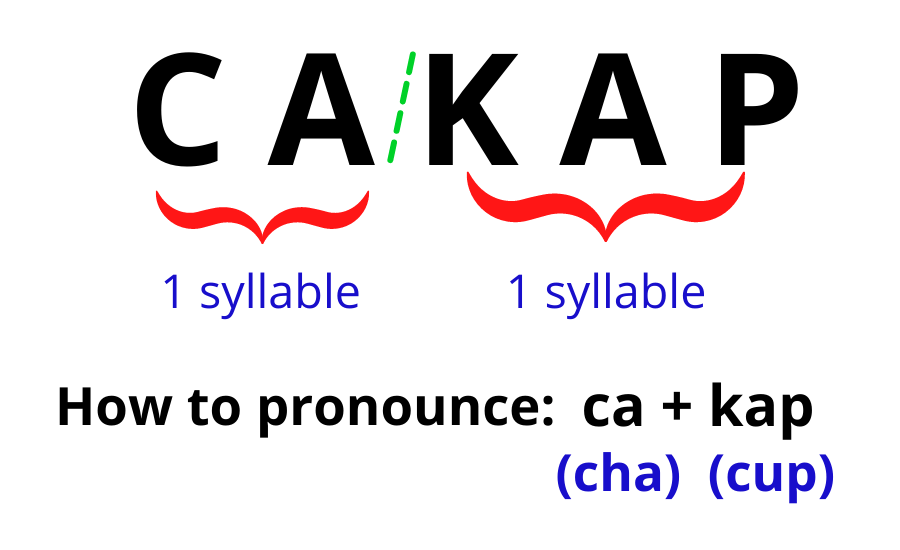
See? This language isn’t that difficult to learn. It’s very direct, simple, and straightforward.
Plus, this Austronesian language would be a piece of cake for a native English speaker to learn and understand simply because it uses the Latin script. Yup, this language uses the same alphabet you English native speakers use in the English language.
Varieties In The Malay Language
Languages live, evolve, and expand – just like us humans! Due to the ever-living nature of languages, diversity and variations among a single language exist. In linguistics terminology, such occurrences are identified as language varieties.
Like any other languages all around the world, Bahasa Melayu has its own set of language varieties (or simply known as dialects). Yup, even though all Malay native speakers have Malay as their national and maybe first language, not everyone has the same dialect. People living in different regions will always have either major or minor differences in their speech patterns and sounds. Still, these regional dialects are largely mutually intelligible – a person who lives in Kuala Lumpur would be able to understand what a person from Johor is saying and vice versa. Still, some dialects can be very unique and would require in-depth learning for non-natives to comprehend.
Generally, there are 10 dialects all over Malaysia:
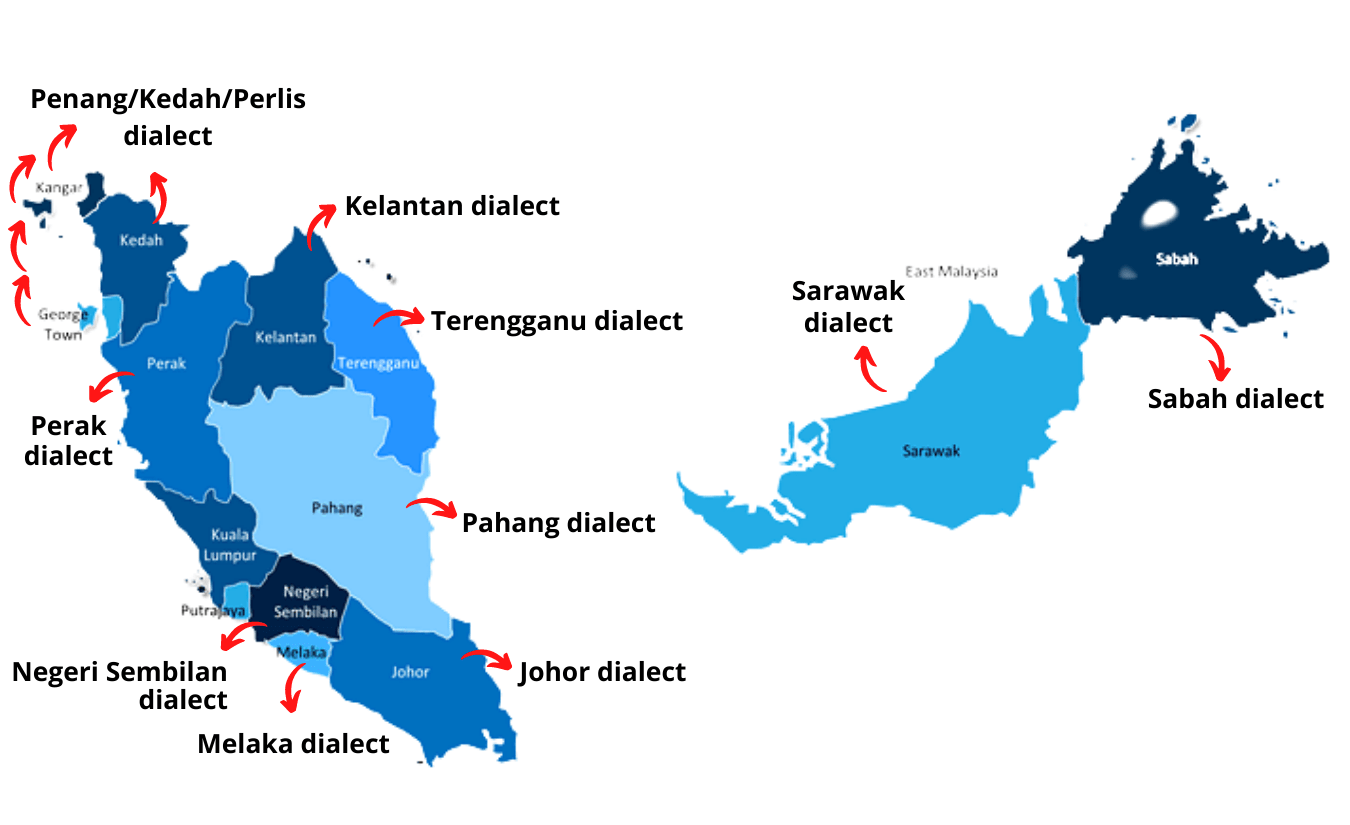
Feel free to learn and practice all these regional dialects. Still, most importantly, you have to master Malay first upon acquiring its unique regional varieties.
Malay Script – Traditional And Modern (Jawi & Rumi)
Let’s dive into the Malay writing system.
Traditionally, Bahasa Melayu used to be written in Arabic scripts, known as tulisan jawi or jawi writing. This is due to the Islamic influence that had widely spread to the country centuries ago. This is an image of one of the local newspapers which are written in tulisan jawi.

However, the Malay writing system went through a shift of changes once the British and Dutch set foot in Tanah Melayu (what Malaysia was called before independence). As these colonial powers brought in along their linguistic culture, tulisan jawi was replaced by tulisan Rumi – yup, the Latin scripts I’m currently using to type all this historical info.
So, undeniably, due to this shift in the writing system, it’s easier for people, especially English native speakers to learn Malay. Still, if English is not your mother tongue, learning Malay can be an easy process if you’re one of the English speakers. Why? Because you can save time as you already understand these Roman scripts and the English alphabet. From there, you get to spend more time to practice and speak the language.
Formal Malay & Informal Malay: A Huge Difference
Some of you who have formally learned Malay might be confused with my stance. You may beg to differ and say Malay isn’t an easy language to learn. Well, as I mentioned before – learning the entire aspect of the language is definitely not an effortless task. But speaking a new language like Malay can be a simple process.
Why? That’s probably because the formal Bahasa Malaysia and its colloquial version are very different! If you want to learn Malay and sign up for a formal Bahasa Malaysia class in my country, you’ll end up learning the formal Malay that is mostly used in official and legal documents, royal ceremonies as well as Malay literature. The language use is certainly different from the colloquial Malay, which the locals call bahasa pasar.
So, which version is easier to master? You know it – it’s the conversational version of Bahasa Melayu. Mat Dan, Rhys William, and Cassidy La Creme – these are a few names that became popular in Malaysia because of their fluency in conversational Malay! These figures are living proof that picking up Malay isn’t hard at all. It’s truly one of the easiest languages to learn.
So, how can you learn Malay fast? You can read these helpful tips on how to speak Malay quickly and the best ways to learn the Malay language. Apart from that, one of the most effective ways of learning a language like Malay is by surrounding yourself with the Malay native community. Listen to the language they use, observe the local culture and try using the language.
Malay Is Very Easy To Learn!

All in all, I’ve made my point clear – the Malay language is much more simple than any other European language. Undoubtedly, it’s one of the easiest languages to learn, acquire, and internalize, especially for English speakers. Learning a language can be a roller coaster ride. Let’s take Malay as an example – it’s absolutely the easiest language to learn. The words, vocabulary, and spoken aspects can be acquired in just a few months. Still, all this is not possible without the art of practice and constant learning.
So, if you want to take up a new language, feel free to undergo your language learning experience through any online courses, software, or apps. It’s actually better for you to be surrounded by native Malay speakers to enrich your language learning experience and be fluent fast. Of course, this tip is best applied if you’re in search to master a number of spoken languages. Still, it’s understood that not everyone has the luxury of traveling just for the sake of learning languages. Attending online courses can be a form of commitment too. What are other alternatives other than online courses? Try using language apps.
Ling App is one of the interactive, gamified apps you can choose from. Using an app to learn a new language can definitely be more convenient for you. You can save time and energy and you get to learn all types of different languages, ranging from Indonesian, English, Dutch, Chinese, German, Tamil, Russian, Spanish, and so much more! Every day, you can open the Ling app and learn all the basic aspects of a language – alphabet, words, vocabulary, grammar, verb tenses, writing system, and other related parts.
